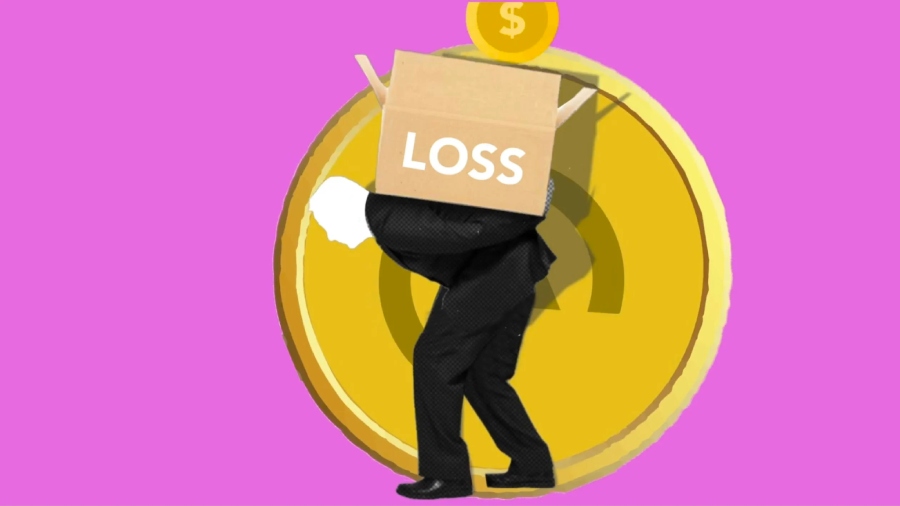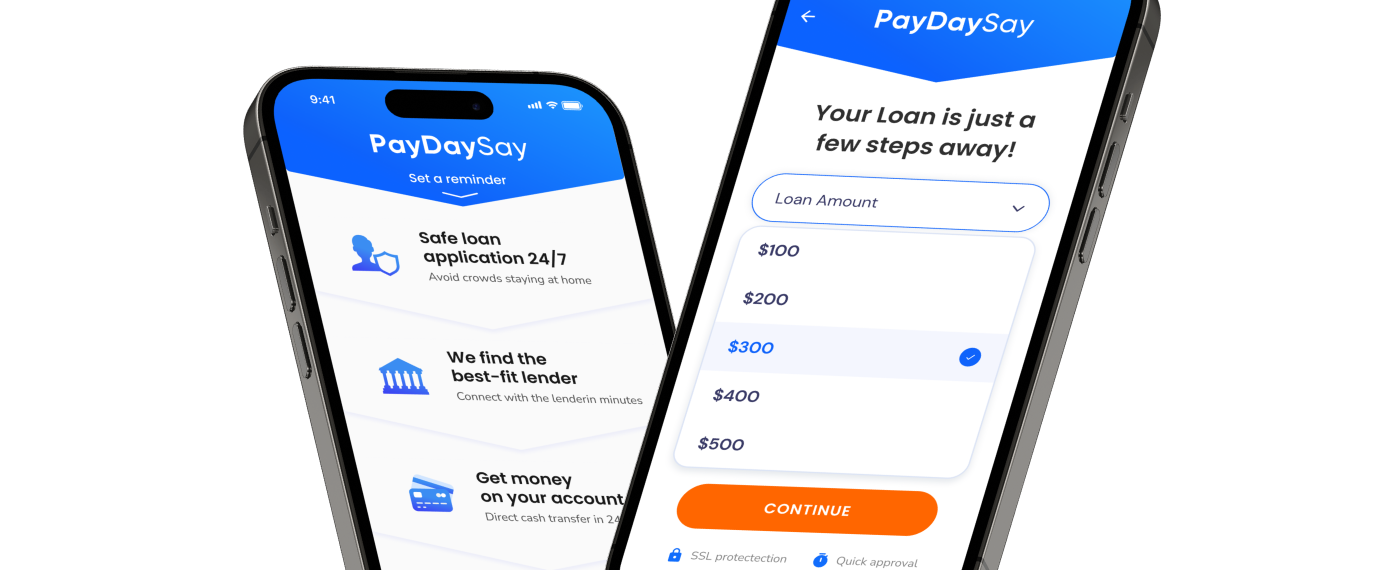Bankruptcy is considered the worst thing to happen to your credit history. Many lenders refuse to lend money to people with this negative mark on their credits report because they consider them unreliable borrowers.
However, even if you have filed for bankruptcy, you can still get a loan. It depends on your credit score and income level, whether you are officially employed, etc. So, what do you need to do to get a personal loan after bankruptcy, and how to borrow 200 dollars? We answer your question in this article.
Is a Personal Loan Possible After Declaring Bankruptcy?
The credit score is a crucial indicator of a borrower’s reliability for many lenders. As you may know, a negative bankruptcy score takes away about 200-250 FICO points, so getting a new loan can be difficult. However, it is still possible, especially if your credit score exceeds 560 points.
Of course, some lenders consider the bankruptcy mark on your credit report a red flag and do not cooperate with such borrowers. But, at the same time, some banks, credit unions, and online lenders and instant money apps may lend you money if your debts are discharged, you have a steady income, or you can provide them with some property as collateral.
In addition, some financial institutions allow you to get a loan with a cosigner, which increases your chances of getting a loan. This way, you can also get a lower interest rate and a more extended repayment period.
Sometimes bankruptcy does prevent you from getting new credit, but even that period doesn’t last forever. After ten years, that negative mark disappears from your credit report, and you can try to build a positive credit history again.
How Can Bankruptcy Impact Your Ability to Get a Personal Loan?
Bankruptcy has only negative consequences for your credit history, which is why it is considered a last resort. However, the final answer to this question depends on several factors, each of which we describe below.
Type of Bankruptcy
If registered as an individual, you use one of two common paths: Chapter 7 or Chapter 13. The first stays on your credit report for ten years, and the second stay on your credit report for seven years.
If you have used Chapter 13 bankruptcy, you will have a better chance of getting a new personal loan because it includes a repayment plan, which confirms that you can still pay your debts on time. At the same time, it is essential to remember that getting new loans is almost impossible as long as you are paying off your old debts as part of the repayment plan.
Before you go to a lender, you will need to ask the court for permission to get additional credit.
In any case, you are better off borrowing money from financial institutions again only after the bankruptcy discharge. That way, you can get better terms and cooperate with more creditors.

Your Credit History
Lenders always look at borrowers’ credit history to determine if it is worth lending them money. Unfortunately, many avoid cooperating with those with a bankruptcy mark on their credit report, so it can be challenging for you to borrow money from any financial institution within 7 to 10 years.
You should not give up after personal loans bankruptcy, but rather make several times more effort to improve your FICO score. For example, you can get a credit-builder loan to build a positive payment history, pay your credit card balances regularly, and pay your utilities on time.
That way, you can see an improvement in your credit score in a year and get a new personal loan from a bank or other financial institution.
Your Income
The personal loans bankruptcy indicates that your salary was insufficient to pay off your debts. Therefore, after such a negative mark on your credit report, lenders may ask you even more insistently for proof of income and official employment.
Banks may contact your employers, ask you for two years of tax refunds, and deny you a new loan if you’ve only recently changed jobs. They will also calculate your DTI ratio to decide whether to lend you money, so in general, your income level plays a vital role.
Type of Personal Loan
The two most popular types of personal loans are secured and unsecured. Most borrowers want an unsecured loan because it allows them to obtain loan funds without providing collateral. However, it is tough to achieve this after personal loans bankruptcy.
This is why financial experts often recommend that you start with secured loans. First, you will have a better chance of getting your application approved since the lender will have a guarantee in the form of your collateral that you will return the loan funds on time. Second, secured loans have better terms, i.e., low interest rates and extended repayment periods, allowing you to have more affordable monthly payments.
After one or more secured loans, you will build a positive credit history and be able to apply for unsecured loans.
How to Find Personal Loans For People in Bankruptcy
There are few bankruptcy-friendly financial institutions on the market, but you can find them. First, look for companies that work with borrowers with bad credit scores. You should also turn to online lenders, as they have less stringent requirements for potential clients.
For example, you can contact Avant, LendingClub, or OneMain Financial. They are some of the most popular personal loan lenders ready to work with borrowers whose credit scores are damaged following the bankruptcy.
You can also apply to credit unions because they often look at other indicators besides the credit history of their members. However, getting into such an organization can be challenging because all members have specific requirements. Still, you can borrow money at a lower interest rate in a credit union.
However, be careful when choosing a lender because you can fall into the hands of scammers who attract people with personal loans bankruptcy to very lucrative offers.
Never take loans from financial institutions that ask you to pay some fees before signing a contract, promise 100% approval before submitting documents, or set an interest rate higher than 36% on personal loans (this is forbidden by law).
Borrow money only when you can pay it back on time. Do not use payday loans with an APR of 800% or other dangerous offers, or you may damage your credit history even more.
How to Apply for a Personal Loan After Bankruptcy
To get a personal loan, you need to use the following action plan:
- Compare offers from different lenders.
Even after personal loans bankruptcy, you can find three to five financial institutions willing to lend you money. So don’t accept the first offer; instead, compare all available options.
- Prequalify to see the final loan terms.
Many online lenders allow potential customers to prequalify so they can see their actual interest rates, available amounts, and payment terms.
- Choose the option that suits you best.
Be sure to look at the monthly payment amount – it should be affordable for you.
- Read the contract carefully.
You should know precisely the total price of the loan, the number of monthly payments, and all the additional fees and penalties. After that, you can sign the contract and get your money within 1-7 days.
Usually, the borrower starts paying the personal loan 30 days after signing the contract or receiving the funds in your account. Set a reminder on your phone so you don’t miss due dates.













 on your homescreen
on your homescreen